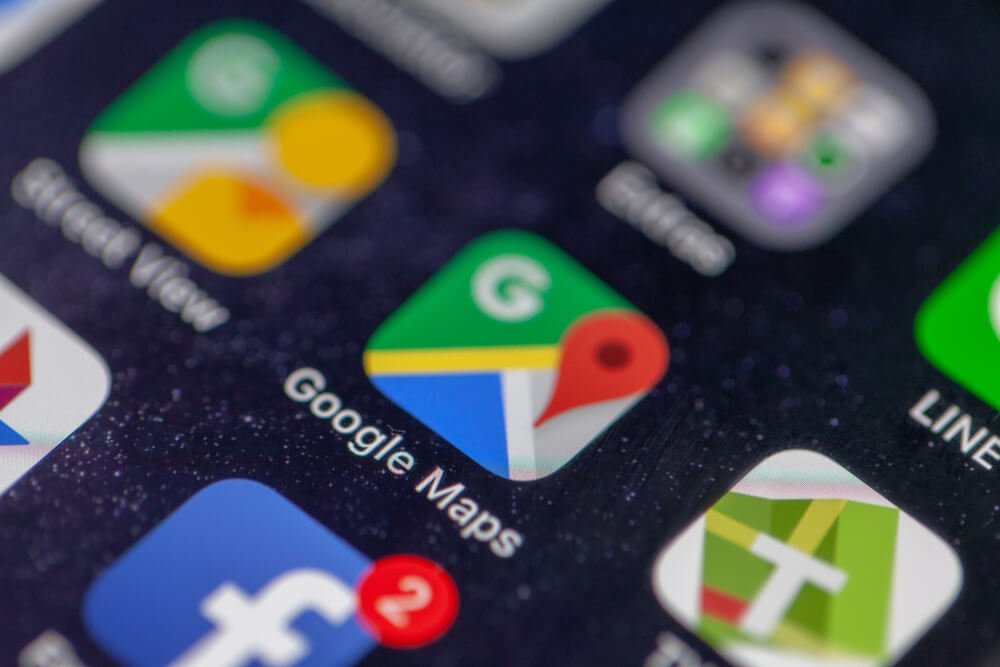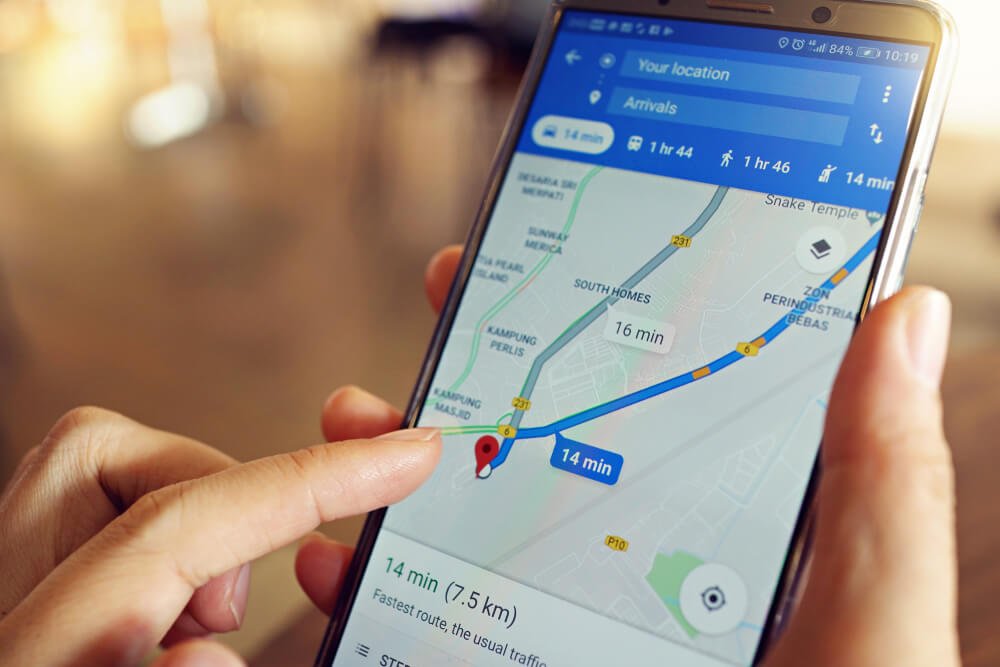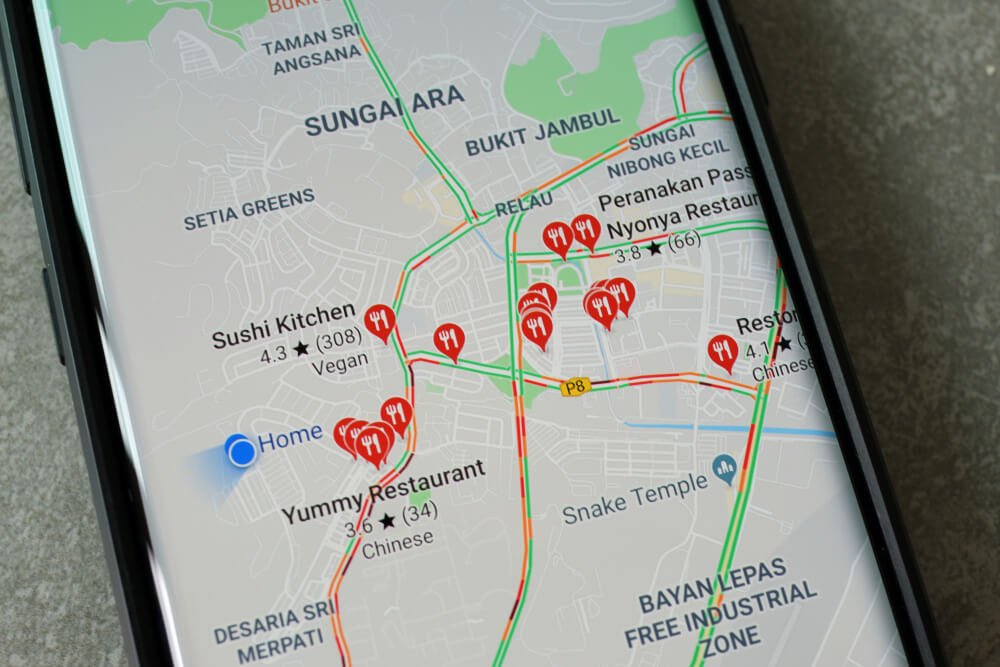
Google Maps Ads: The 2025 Definitive Guide
Google Maps has been around since 2005 and is indispensable to most people. Every single month, it is used by more than 1 billion users to find addresses, view ariel photography, or check traffic. And with this many users, it made sense for Google to introduce ad types for Google maps.
Nowadays, hotels, restaurants, and other location-based businesses leverage Google maps to increase their foot traffic and generate more sales. And Google Ads Agency knows: Google Maps are an essential marketing tool for all location-based businesses.
To find out how to use Google Maps to your advantage, read on as we guide you through the different Google Maps ads available, and show you how to set them up.
Want to learn more about the Digital Authority Partners approach to SEO? Watch this video!
Why Should I Use Google Maps for Advertising?

Perhaps you weren't aware, but during its Performance Summit, Google shared a few mind-blowing statistics that highlight why location-based businesses must use Google Maps and advertise on the platform. These are the stats:
- Over 1 billion people use Google Maps.
- 84% of consumers perform local searches.
- Unlike most people believe, about 90% of all global sales happen in physical stores, not online.
- Almost one-third of mobile searches are related to location.
- In 2021, location-based searches grew 50% faster than mobile searches.
- Google searches guide consumers to 1.5 billion destinations through its search engine and Google Maps every year.
- Three out of every four people use smartphone searches for a nearby business to visit that store within a day. 28% of those searches result in a purchase.
All this makes clear: as a business with a physical location, you have to make it easy for prospectives and customers to find you on Google Maps when they use their cell phones to search for products or services that you provide.
How Do Google Maps Ads Work
Google Maps ads can appear in the organic results as search results ads, promoted pins, or in-store promotions. Let’s take a closer look:
- Search Results Adverts – Google will show you the nearest establishments based on your location and ratings whenever you search for a business in your area on your mobile device. However, companies can pay to appear on top of these search results in specific areas.
- Promoted Pins – Promoted pins are bold pins that pop out on Google Maps app even if the user hasn’t searched for them. Paying for promoted pins can help you reach people who didn’t search for your business but are in the area. It can help increase your visibility and lead to more foot traffic.
- In-Store Promotions – If you’re running a special promotion like a buy one get one free offer, you may want to use in-store promotions. These are ads highlighting your promotion and placed on your business page.
The Benefits of Google Maps Ads

While there are many excellent ways o run paid ads, Google Maps ads offer you distinct benefits over other search engine ads. These are:
- Google Maps ads help your business stand out from competitors
- Incited users to take action, e.g., by calling your business or asking for directions
How To Get Started
Once you’ve realized that Google Maps ads can help make a difference to your bottom line and business growth, it’s time to set them up. The process is relatively easy and doesn’t require experience or special skills. All it takes is the following seven steps:
- Set up a Google My Business Profile - You can only use Google Maps ads if you have a business profile on Google. So, if you don’t have one yet, set up a My Business Profile!
- Get a Google Ads account – To run any ads, you need a Google Ads account. You can sign up for one using the same email address for the Google My Business profile and the Google Ads account. Before creating Google Maps ads, you need to run some search ads already since the local search ads require location extensions.
- Add the Location Extension – Go to the left-hand menu panel and click “Ads & Extensions,” which will lead you to different ad extensions. Add the location extension to connect your Google My Business profile. Go to the Extensions menu and click the blue button with a plus sign at the top to start adding a new local extension.
- Set Up Location Targeting – Set up location targeting for your ads when you have your location extension. You can set this up by going to the locations section on the left-hand menu and clicking the blue circle at the top. Select an active search campaign from the list and enter the area you want to target. As a best practice, choose to target the same zip code as your business and then use radius targeting to target people in that area.
Make sure to set up bid adjustments for the areas around your business. This setting increases the likelihood of people physically near your business finding and seeing you on Google Maps.
Once your ad is approved and running, it's good to track your ad's performance. First, filter what type of clicks users receive to group everything into mobile clicks to call, location details, and driving directions interactions. Then, you understand how people interact with your local ads and how well your ads are performing.
Find More Resources on Google Map Ads
Every month, 1 billion users find their destinations with the help of Google Maps. And every year, 1.5 billion destinations are being targeted by internet users worldwide. That makes it clear that Google Maps holds immense possibilities for advertising and, as a result, growing a business.
As a local business owner, leveraging Google Maps is a no-brainer. But more than just putting your business on the map, you can take advantage of Google Maps ads to truly stand out and attract more people to buy from you, so if you’re already using Google Maps, kudos to you. If not, it’s high time you use our instructions to set up a My Business Profile and Google Maps ads to your advantage.
Want To Meet Our Expert Team?
Book a meeting directly here




